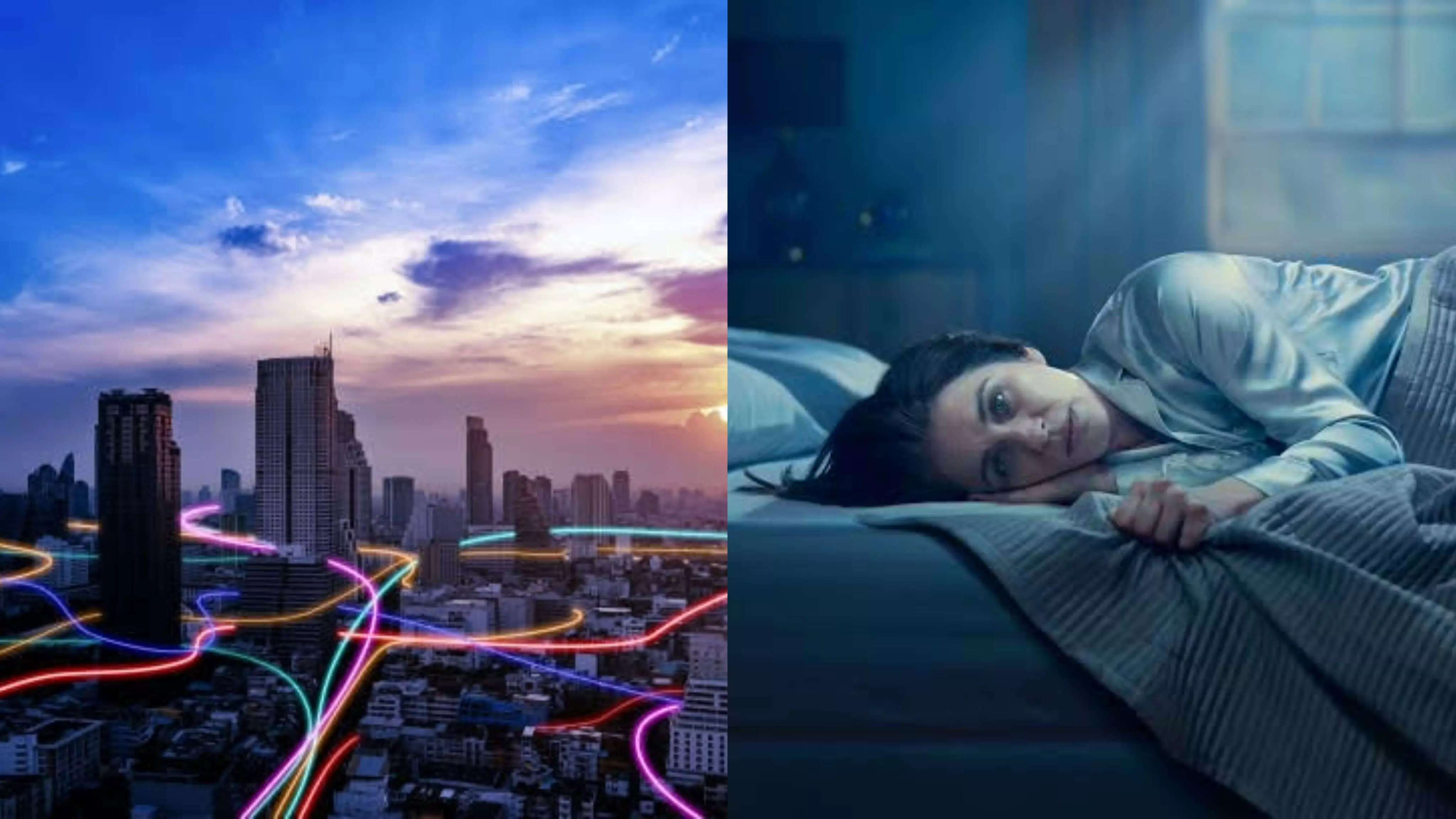World Health Day: Hyderabad feels flattened; battles insomnia, emotional detachment
In Indian cities, high density of population, relentless traffic, a lack of green spaces keep people in a state of low-grade panic, experts discuss on World Health Day
By Anoushka Caroline Williams
Hyderabad: World Health Day, city City battles insomnia, emotional detachment
Hyderabad: Call it side effects of development, Hyderabad, also known as the City of Pearls, is battling irritability, insomnia, and emotional detachment.
As cities expand faster than ever, one overlooked epidemic is silently spreading: the impact of urban design on mental health. Hyderabad is one such example. On World Health Day, the WHO’s theme `Healthy Beginnings, Hopeful Futures’ encourages a deeper dive into the root causes of illness, many of which start long before any hospital visit.
When Progress Feels Like Pressure
Urban life promises opportunity—but often delivers overstimulation. In Indian metros like Mumbai, Delhi, Bangalore, and Hyderabad, living in a city means being surrounded by chaos 24/7. High population density, relentless traffic, a lack of green spaces, and isolating architecture all work together to create environments that keep the mind in a state of low-grade panic.
“Most of our cities are built for movement, not for mental stillness,” says Dr. Anupama Nair, speaking to NewsMeter, a Hyderabad-based clinical psychologist who has worked with urban youth for over a decade. “When you don’t feel safe, calm, or connected to anything beyond a screen, the brain responds as if it’s under threat—even if nothing’s visibly wrong.”
Hyderabad: A Growing City, A Shrinking Sense of Self
Hyderabad, also known as the City of Pearls, today is a booming IT and real estate hub. But along with the towers and traffic has come a steady erosion of community and quiet.
Many neighborhoods, especially in newer areas like Gachibowli and Hitec City, have been built vertically, with minimal shared spaces. Residents live in apartments surrounded by concrete, often without access to walkable parks, shaded roads, or public seating.
According to a 2023 local urban development audit, only 3.5% of total land in Greater Hyderabad is designated as green space, far below the WHO’s recommended 9 sqm per person.
Dr. Nair points out that many of her patients, especially working professionals and college students, report symptoms like irritability, insomnia, and emotional detachment. “They don’t necessarily feel depressed in the clinical sense, but they feel flattened,” she says. “That’s the weight of a life where rest and connection don’t naturally occur.”
The Sound and the Smog
Noise pollution is another invisible stressor. In areas like Punjagutta or Mehdipatnam, where honking, construction, and traffic rarely pause, sound levels routinely exceed safe limits.
Research from Osmania University’s Department of Environmental Studies found that Hyderabad’s noise levels in key junctions regularly hit 85 dB, when the acceptable urban threshold is 55 dB.
Excessive noise activates the body’s fight-or-flight system even during sleep. “Chronic noise exposure can keep your stress hormones elevated,” says Dr. Malhar Rao, a neuropsychiatrist based in Banjara Hills. “This affects concentration, sleep, and even digestion. It’s like your body never clocks out.”
Urban Loneliness: A Quiet Crisis
The irony of cities is that you’re always surrounded by people, but rarely connected to them. With nuclear families becoming the norm, and working hours stretching later, there’s less time and fewer places to build real relationships.
Hope in Micro-Moments: Positive Interventions
Not all is bleak. Some parts of Hyderabad have started turning things around. In Kondapur, residents and local NGOs collaborated to revive a dead corner lot into a mini community garden. With native plants, benches, and open yoga spaces, the park is now frequented by local women and senior citizens.
Similarly, the Telangana Urban Forest Parks initiative has created “lung spaces” like the KBR National Park and Sanjeevaiah Park, which offer rare breathing zones in a crowded city.
“Even 20 minutes in a green area can reset your nervous system,” says Dr. Rao. “It’s not luxury—it’s prevention.”
Mental Health is a Design Problem
Mental health is often thought of as purely internal, something fixed with therapy or medication. But space is a psychological drug too.
“When you live in a place with wide sidewalks, clean air, natural light, low noise, and safe public spaces, your mind finds cues of safety. When you don’t, even the healthiest person starts to fray. Urban planners need to start asking: Does this design help a person feel seen? Safe? Grounded?” said Dr Rao.
What Can Be Done?
To build mentally healthy cities, India needs more than infrastructure—it needs intention. Some key shifts could include:
• Mandatory green buffers in all residential zones
• Mixed-use design that blends living, walking, and working spaces
• Public seating and free social spaces at every ward level
• Pedestrian-first zones in commercial areas
• Cultural micro-centers to combat loneliness